We hope you enjoy Part 4 of our 10 Decades of Color and Design series.
The 1930s brought a tightening of wallets due to the 1929 market crash. One response was a change from deep dark colors to pastel colors in a wide range of shades. The lightening up of colors served to also lighten up emotions after the harsh reality of the Great Depression. Pinks, blues, greens, and yellows were used throughout the home.
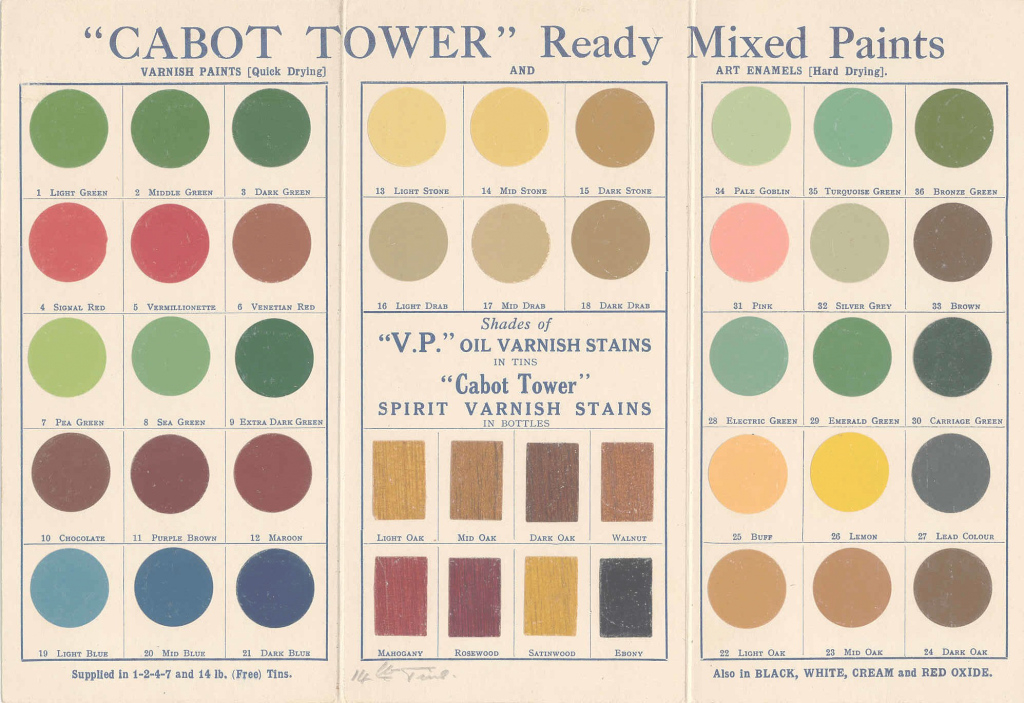
Money was still tight in many households, so many of the previous styles were still used. Looks adapted from the sleek lines of the Art Deco period began to morph into what would become the minimalist designs of the mid-century designs that are still popular today.
The 1930s was a mash-up of old and new. The elegance and abundance of the 1920s was reimagined by using saturated colors which mimicked the opulence of headier times. Punches of pattern and color came in the form of rugs, chairs, and artwork. Sofas become lower and longer and more sleek. The flourishes of the past century were put aside for more streamlined looks that could be mass-produced.
Low-cost items like simple tile were used in bright colors and patterns to create an on trend look at an affordable price. We can thank the 1930s for those fabulous pink or green-tiled bathrooms that we all see in photos of old homes.
Depression glass was mass-produced in the 1930s. It was a way to use a low-cost item (glass) to create something elegant and beautiful that anyone could afford. Another great example is Fiestaware pottery, which came on the market in 1936. Take a look at the original six colors of red, cobalt, light green, ivory, and turquoise. Both the colors and shapes of Fiestaware were indicative of the era.
Getting the look of the 1930s starts with the colors. The colors on the paint color chart at the top of the post are soft and muted. Add decorative accessories in those colors, use them on the walls with more neutral modern designed furniture or find a vintage wood piece from the era and refresh it with era appropriate paint. Don’t forget your floors–a painted floor can also anchor a room.
Get the Look of the 1930s:
Notes: This article from This Old House features a designer’s home that uses characteristic colors pulled from the era throughout the house. Collectors Weekly has several articles on depression glass. Here is one to get you started.
Pin it!
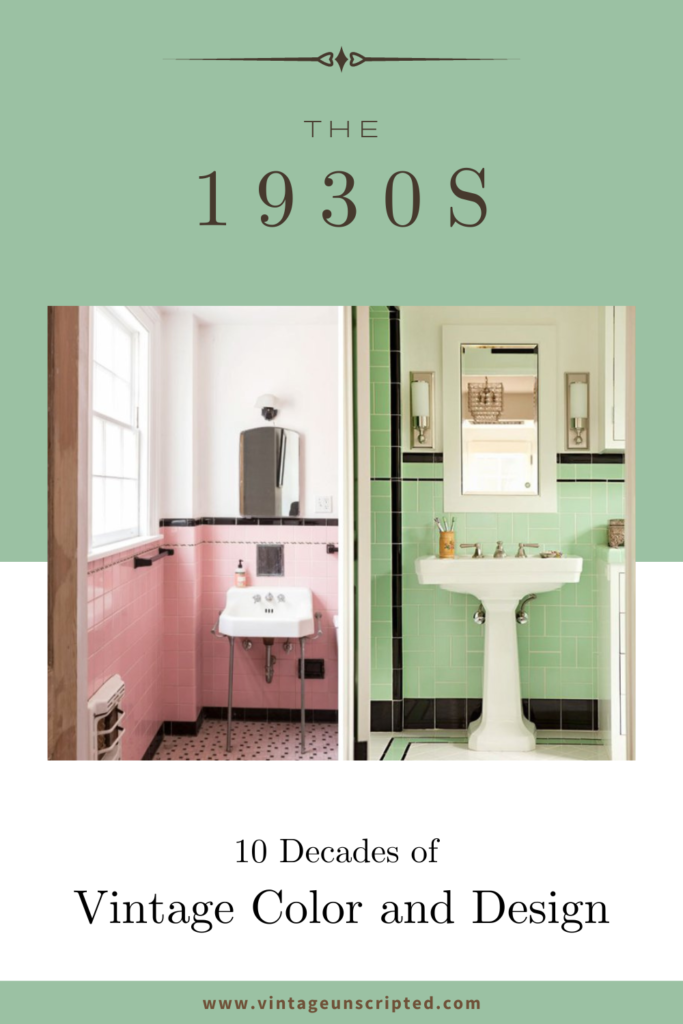

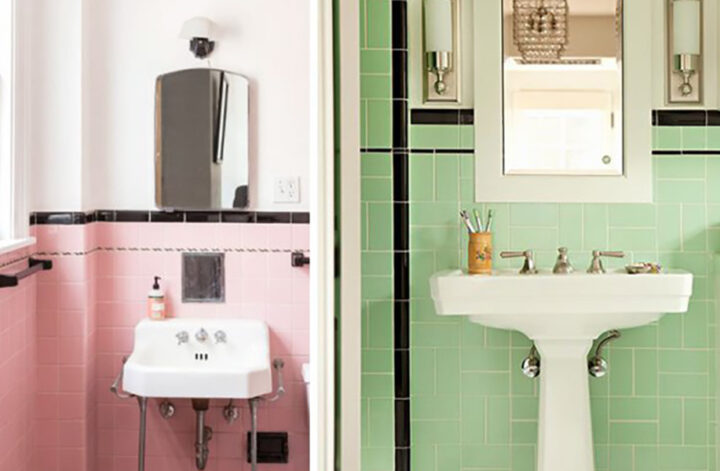
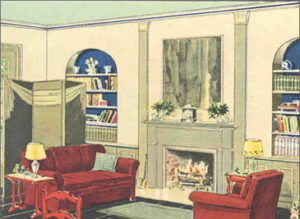
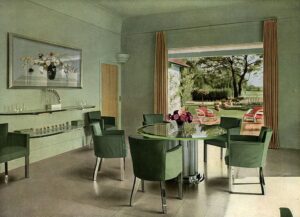
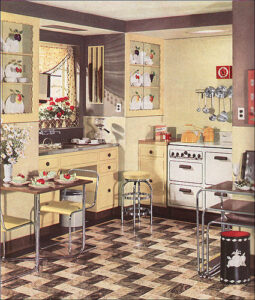
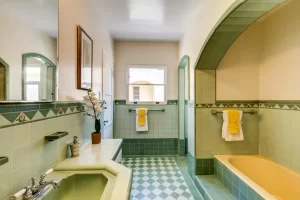
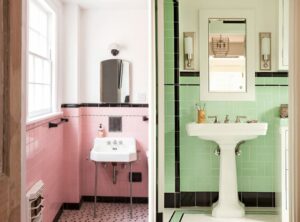
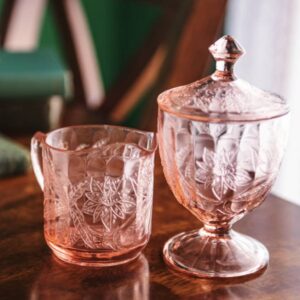
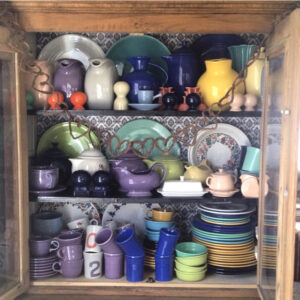
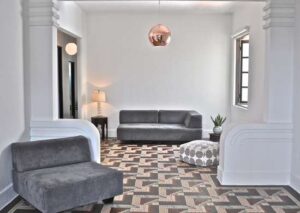
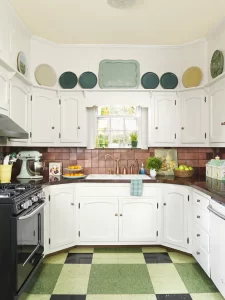
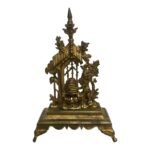
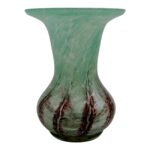
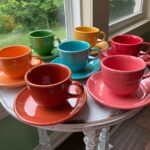

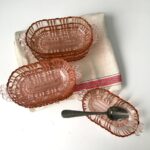



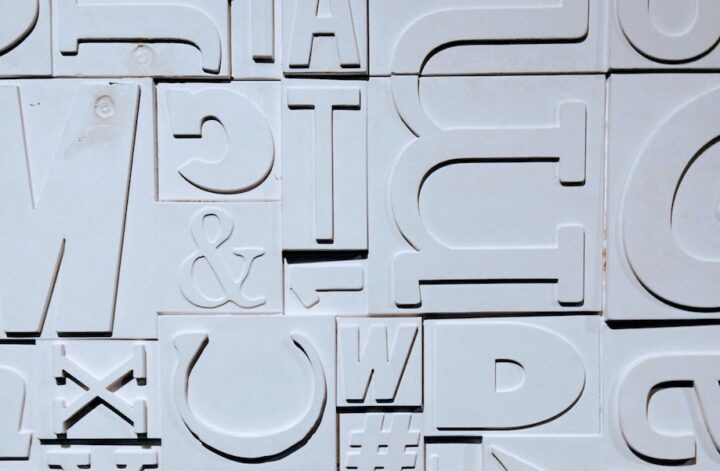
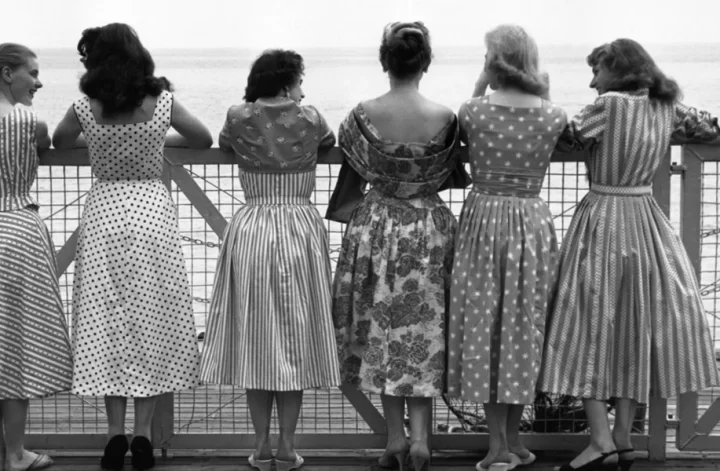
1 comment
Perfect,nothing last like the classics but if you’re remodeling it’s impossible to make a choice!